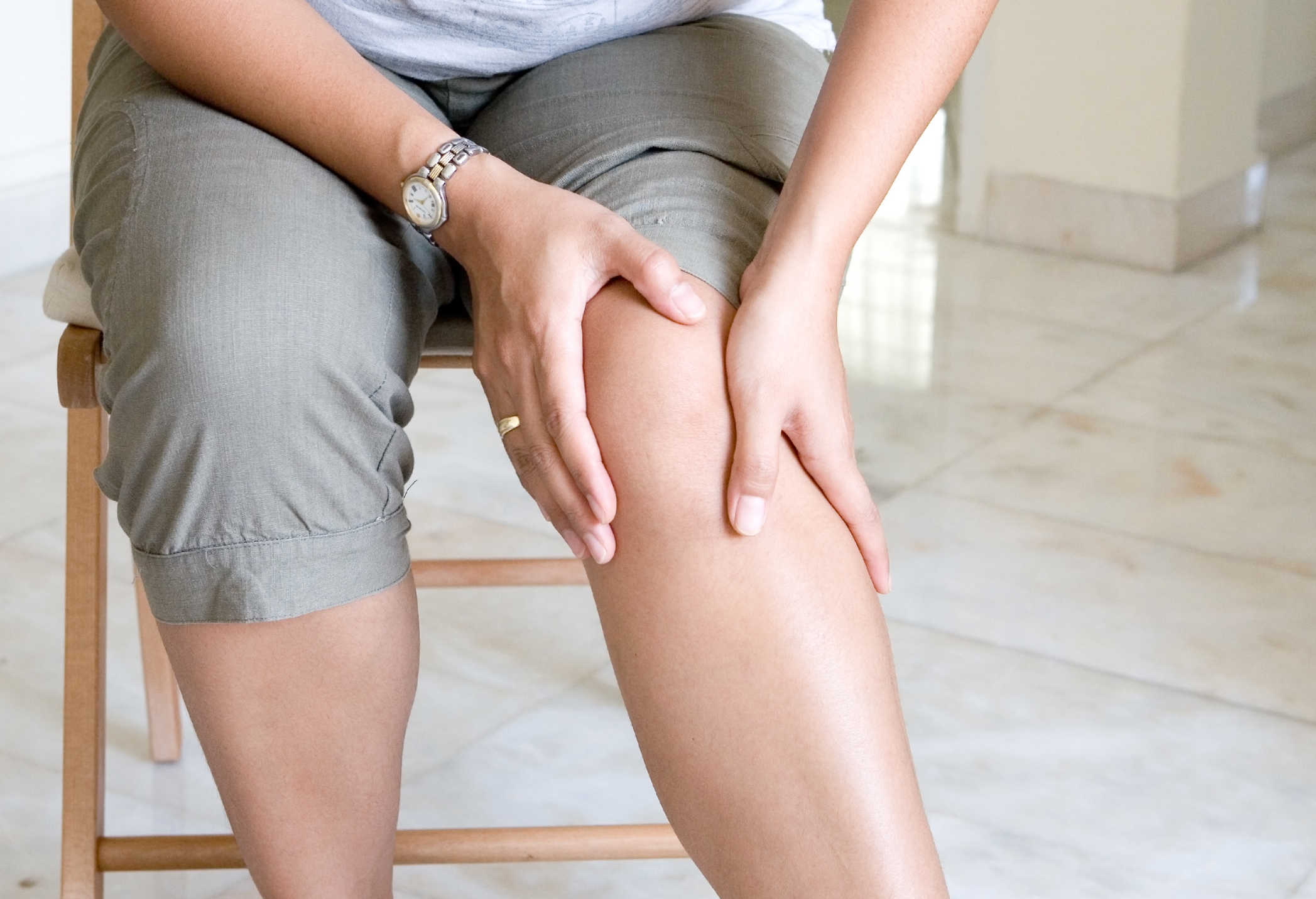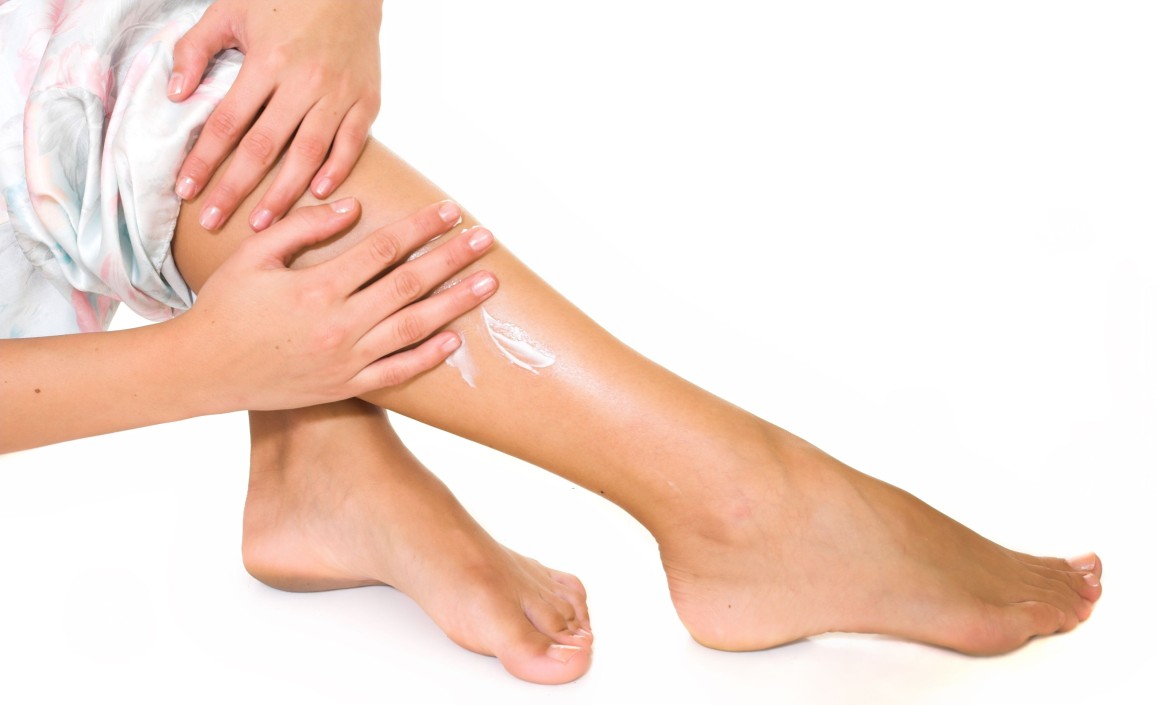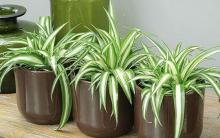Pathological expansion, lengthening, increase in the lumen of the superficial veins are called varicose veins. Every second woman is affected to some extent by this disease. Recently, this pathology has become much younger, and spider veins can be found on the legs of schoolgirls. How to protect yourself from varicose veins and reduce its progression, read below.
The main thing in the article
The main causes of varicose veins in the legs

In order to understand why only veins suffer from varicose veins, we will explain their structure. Veins are designed to return blood back to the heart, in other words, they push blood back up. This is due to the numerous valves that, when closed, do not allow blood to flow back, because no one has yet canceled the force of attraction.
Violation of the work of these valves leads to stagnation of blood in the veins and entails expansion, lengthening, and the formation of knots.
The causes that provoke dysfunction of the valves and, as a result, the development of varicose veins, can be:
- Heredity. It can be attributed to the main reason, since the vessels inherited from the parents with thin or inelastic walls, congenital defective valves will certainly be subject to varicose expansion. Studies show that if one of the parents has varicose veins, then in 70% of cases the child will have it.
- Hormonal imbalance in organism. This cause can be called female, since progesterone (female sex hormone) contributes to the destruction of collagen, which is responsible for the elasticity and tone of the veins. There are hormonal surges leading to varicose veins:
during pregnancy and childbirth;
during menopause;
while taking hormonal drugs including contraceptives.
Read more about birth control pills and their effects on the body:. - Sedentary lifestyle. Today's varicose veins are called "computer" varicose veins. Since in the sitting position the muscles of the legs do not contract, which adversely affects the functioning of the veins. Stagnation appears, blood circulation is disturbed and, as a result, varicose veins develop. This includes excess weight, which creates an increased load on the veins and appears due to minimal physical exertion.
- Wearing high heels and uncomfortable shoes. It has been noted that women who flaunted high heels as a girl, after 35 years, suffer from varicose veins more often than those who preferred sports shoes.
The first signs and symptoms of varicose veins
 Quite often, modern women in a frantic pace of life do not attach importance to the first spider veins that appeared on their legs, and this is the “first bell” to varicose veins. The first signs that you should pay attention to and begin treatment include:
Quite often, modern women in a frantic pace of life do not attach importance to the first spider veins that appeared on their legs, and this is the “first bell” to varicose veins. The first signs that you should pay attention to and begin treatment include:
- purple-blue vascular network, which has different localization;
- pain, swelling, burning sensation in the legs in the evening;
- convulsions that torment at night;
- feeling of numbness when in one position.
Over time, if there is no prevention or treatment, already visible changes in the venous vessels join the symptoms described above:
- there is a thickening of the skin in places affected by varicose veins, bluish spots appear;
- pain becomes a "constant companion" throughout the day, and when walking can intensify;
- venous nodes appear, which bulge out from under the skin, and on palpation give off severe pain.
What does varicose veins look like at different stages: photo
In medicine, three stages of varicose veins are diagnosed, which are characterized by:
Treatment of varicose veins in the legs at home
Treatment of varicose veins can be done at home. It can be medicinal or using traditional medicine. Complex treatment is also used, where folk remedies act as a good addition to medicines.
There are quite a few recipes that have been used for more than one generation and have a positive effect in the treatment of varicose veins. We will discuss each of the methods in more detail below.
Preparations for varicose veins on the legs
For the treatment of varicose veins in the legs, the following groups of medications are used:
- Phlebotropic agents (phlebotonics). They help to improve the tone of the walls of blood vessels. Remove puffiness, reduce the fragility of small capillaries, relieve convulsions, increase blood flow.
- Antiplatelet agents. They help thin the blood, making it easier to move through the veins.
- Anticoagulants - anticoagulants, which prevent the formation of blood clots in the bloodstream.
- Anti-inflammatory analgesics . They are prescribed as an aid to relieve symptoms such as: pain, heaviness in the legs, swelling.
- Vitamins. Used to improve immunity. They help slow down the progression of the disease, regulate the level of hemoglobin, the number of platelets and lymphocytes. The most effective in the complex treatment of varicose veins are vitamins containing zinc, silicon, vitamins E and C.
The best blood-thinning and venotonic drugs for varicose veins
Consider the drugs that have proven themselves best in the treatment of varicose veins.
The main ones in therapy are venotonic drugs. The best include:

As for blood thinners, they are used in combination with phlebotonics as an adjuvant. The most widely used in the treatment of varicose veins include:
- "Leoton 1000". The release form is a local gel. Increases the fluid properties of blood in areas of veins affected by varicose veins.
- Venolife. Promotes vascular microcirculation and regeneration of affected tissues. Available in the form of a gel, used topically.
- "Kurantil". Helps reduce blood stasis in the veins, stimulates blood flow and circulation. It is taken orally and comes in the form of tablets.
Aspirin and preparations based on it should be included in the group of blood thinners.
Varicose veins on the legs: treatment with folk remedies

As already mentioned above, Folk remedies can be effectively used in combination with the main drug treatment. Of course, traditional medicine can also cure or stop the further progression of the disease, but only in the first stages of the disease, since advanced cases are treated only with the help of surgery. Therefore, before deciding on the treatment of folk remedies, consult a doctor.
Recipes for tinctures and drinks for the treatment of varicose veins at home
Infusions have shown themselves well in the treatment of varicose veins. Here are some effective recipes.
Nutmeg infusion
Nutmeg - stimulates blood circulation, relieves inflammation from the walls of blood vessels.
1/3 tsp of ground nutmeg should be poured over 1 tbsp of boiling water. Leave until it cools down to room temperature. Dissolve 1 tbsp of honey in the infusion and leave for another 20-30 minutes. Take this remedy in the morning before breakfast every day.
Ginger tea
You can read about the beneficial properties of ginger in the article: “. Tea from this product is used in complex treatment at any stage of the disease, as well as for prevention. To prepare it, 1–2 cm of ginger root is cut off and 1 tablespoon of boiling water is poured. This tea should be infused for 15-20 minutes. You can drink with honey.
Compresses and rubbing for varicose veins: effective recipes
 In addition to oral administration, traditional medicine provides for infusions, compresses and rubbing for local effects on the disease. Here are some effective recipes.
In addition to oral administration, traditional medicine provides for infusions, compresses and rubbing for local effects on the disease. Here are some effective recipes.
Rubbing from Kalanchoe
To prepare the tincture, finely chop the leaves of Kalanchoe and put them in a glass dish, which is tightly sealed. Pour them with vodka and leave for 15 days in a dark place. The proportion is 50 g of chopped plant leaves per 0.5 l of vodka. Rub the finished infusion into problem areas twice - in the morning and in the evening.
apple cider vinegar for varicose veins
From apple cider vinegar, you can make compresses and rubbing:
- for compress : moisten gauze or a piece of natural tissue with undiluted apple cider vinegar and apply to the affected area for no more than 40 minutes.
- for rubbing : after taking a bath at night, rub whole apple cider vinegar on the areas affected by varicose veins.
The use of such vinegar helps to achieve:
- strengthening the walls of the veins;
- reducing their permeability;
- improve blood flow in diseased areas;
- removal of edema.
Honey compress
Apply a thin layer of honey on a natural fabric. Attach it to the problem area, wrap it with plastic wrap, you can wrap it with food, wrap your leg. The compress should be applied with an increase in time. The first day for an hour, the second - for two, after bringing it to 4-5 hours, you can leave honey overnight. The course of such treatment is up to 3 weeks.
Ointments at home for varicose veins
 You can prepare at home and ointments that will help cope with the disease.
You can prepare at home and ointments that will help cope with the disease.
Horse chestnut ointment
It is necessary to grind 3 chestnut fruits to a state of flour. To the resulting powder, add 1 tbsp of dried chestnut flowers. All pour 150 ml of olive oil. Boil the mixture in a water bath for an hour. In order to thicken the resulting ointment, add 1 tablespoon of animal fat at the end of boiling. When the ointment hardens, you can apply.
Garlic ointment
To prepare it, you need to mix 50 g of good quality butter with 3 cloves of garlic. You can achieve a homogeneous consistency with a blender. Garlic can be replaced with 3-5 drops of garlic oil. You need to store such a composition in the refrigerator, and apply it at night, since such an oil has a pungent odor.
The best creams for varicose veins
 In addition to those gels and ointments that were noted above as effective blood-thinning and venotonic, you should pay attention to:
In addition to those gels and ointments that were noted above as effective blood-thinning and venotonic, you should pay attention to:
- Heparin ointment . It relieves the inflammatory process, minimizes the risk of blood clots, reduces vascular nodes.
- Cream Menovazin. The composition is based on menthol, due to which, when applied, the affected areas are cooled, pain is relieved.
- Ichthyol ointment. Acts as an antiseptic. Works great for pain in the legs with varicose veins. At the same time, it has a beneficial effect on blood vessels.
- Cream Vegitan Forte. The main component is horse chestnut, which reduces inflammation in the veins and minimizes the appearance of swelling.
Compression underwear for the treatment of varicose veins

Compression underwear is not the main treatment, but is used to alleviate the patient's condition.
Divide such underwear into three types:
- Preventive. It has a minimum pressure of 18 mm. rt. Art. on the surface of the lower extremities. It is prescribed for pregnant women, athletes, people who have a sedentary job, if varicose veins are absent or expressed by 1 degree.
- Medical. The pressure level of such linen can be up to 49 mm. rt. Art. It is worn during treatment at home, with significant loads, with exacerbations of the condition.
- Hospital. Such underwear is used after surgery. It eliminates the possibility of relapse and prevents thrombosis.
Lifestyle and diet for varicose veins in the legs
If you have a problem with varicose veins, then take care of yourself. An active lifestyle is the key to strong blood vessels in the legs. Do not forget about the therapeutic diet. Established nutrition at the beginning of the progression of the disease will minimize its development in the future. The diet is recommended by the attending physician, who takes into account:
- patient's age;
- his weight;
- the presence of concomitant diseases;
- Lifestyle.
Through changes in lifestyle and nutrition, problems such as:
- the formation of blood clots in the blood;
- weakening of the walls of blood vessels, increasing their permeability;
- swelling of the lower extremities;
- excess weight.
Proper nutrition and an active lifestyle will help to cope not only with varicose veins, but also, and will also serve as a prevention of cardiovascular diseases.
Prevention of varicose veins in the legs
 As you know, it is easier to prevent a disease than to treat it later. Therefore, it is so necessary to carry out the prevention of varicose veins, especially for women. The sooner you resort to prevention, the lower the risk of varicose veins in the future. It is especially worth thinking about this for people with a predisposition and heredity. The basic rules of prevention look like this:
As you know, it is easier to prevent a disease than to treat it later. Therefore, it is so necessary to carry out the prevention of varicose veins, especially for women. The sooner you resort to prevention, the lower the risk of varicose veins in the future. It is especially worth thinking about this for people with a predisposition and heredity. The basic rules of prevention look like this:
- Nutrition. You should minimize the use of flour and sweets. The same applies to salt, alcohol, coffee. Healthy food is the key to strong, elastic vessels.
- Avoid sedentary work. If this does not work out, make it a rule to walk for 5 minutes every half an hour. Walk more.
- Normalize your weight as extra pounds exert an additional load, due to which the veins “wear out” faster.
- Wear comfortable shoes. Hairpin "only on holidays", give preference to low-speed shoes.











Aromatherapy - Essential oils: table of properties and uses
Cleansing the energy of the apartment with a church candle
Essential oils for aromatherapy: properties, uses and contraindications
Weakness in the body and drowsiness: causes in adults
How to clean an apartment from negativity with a church candle